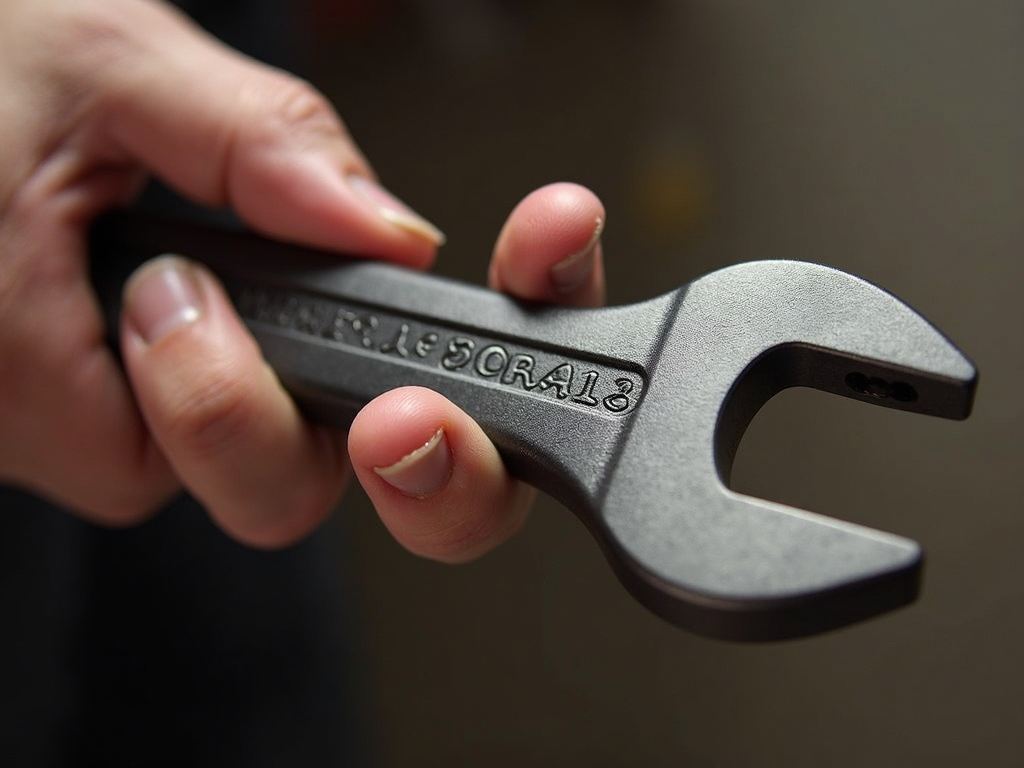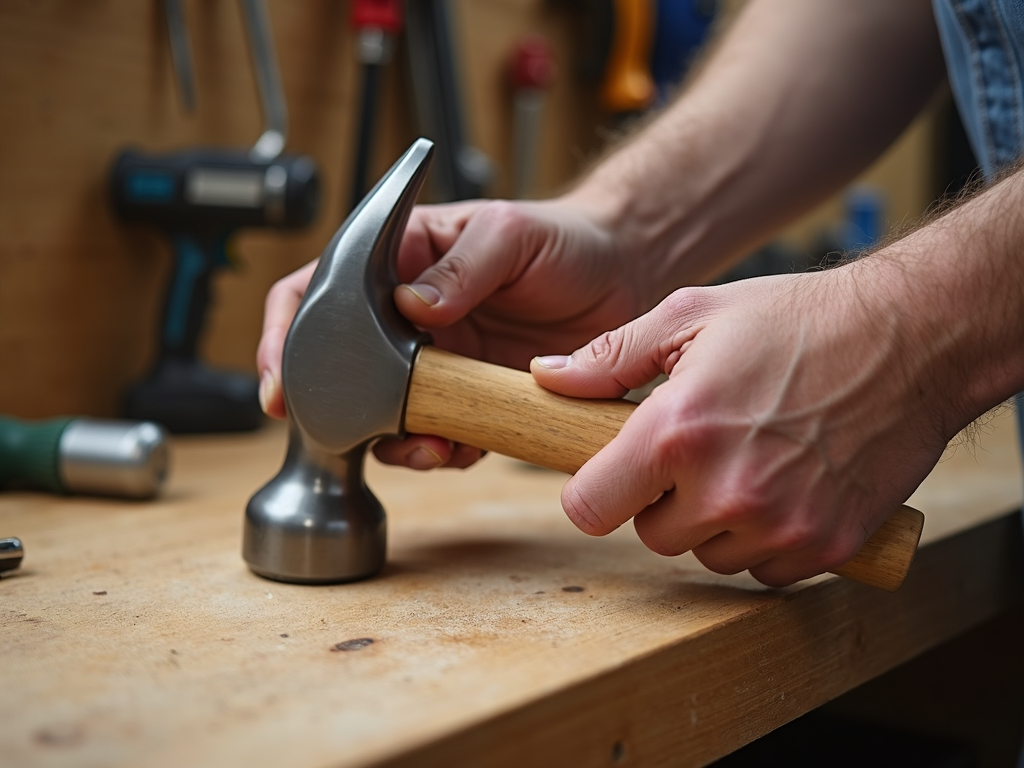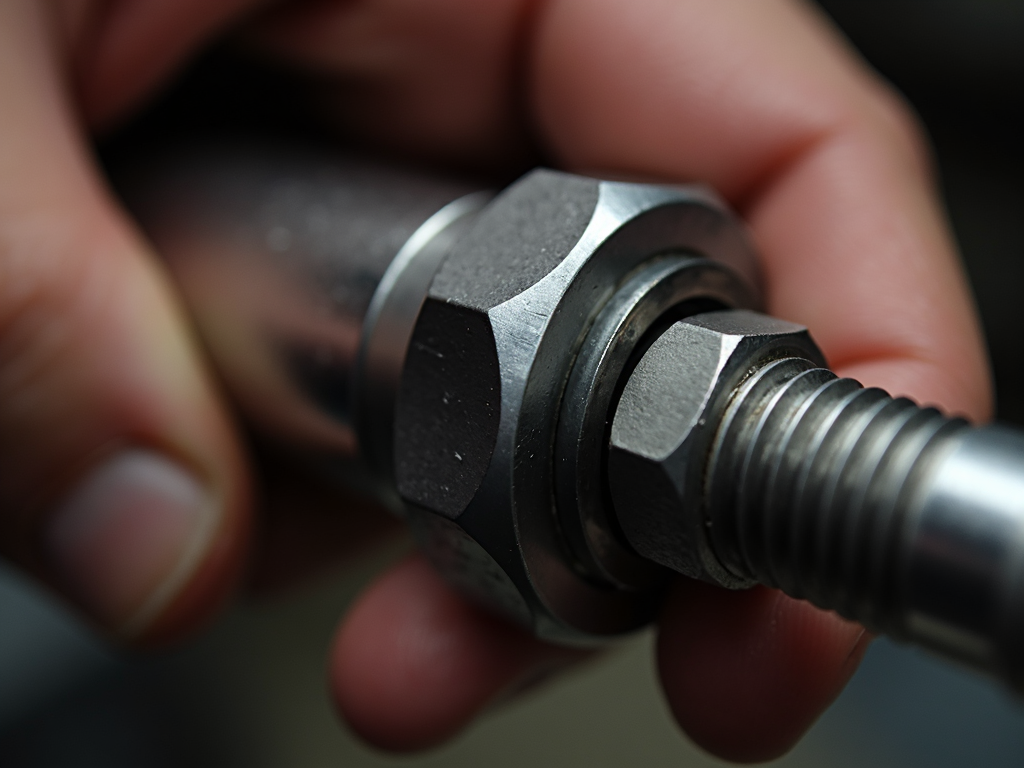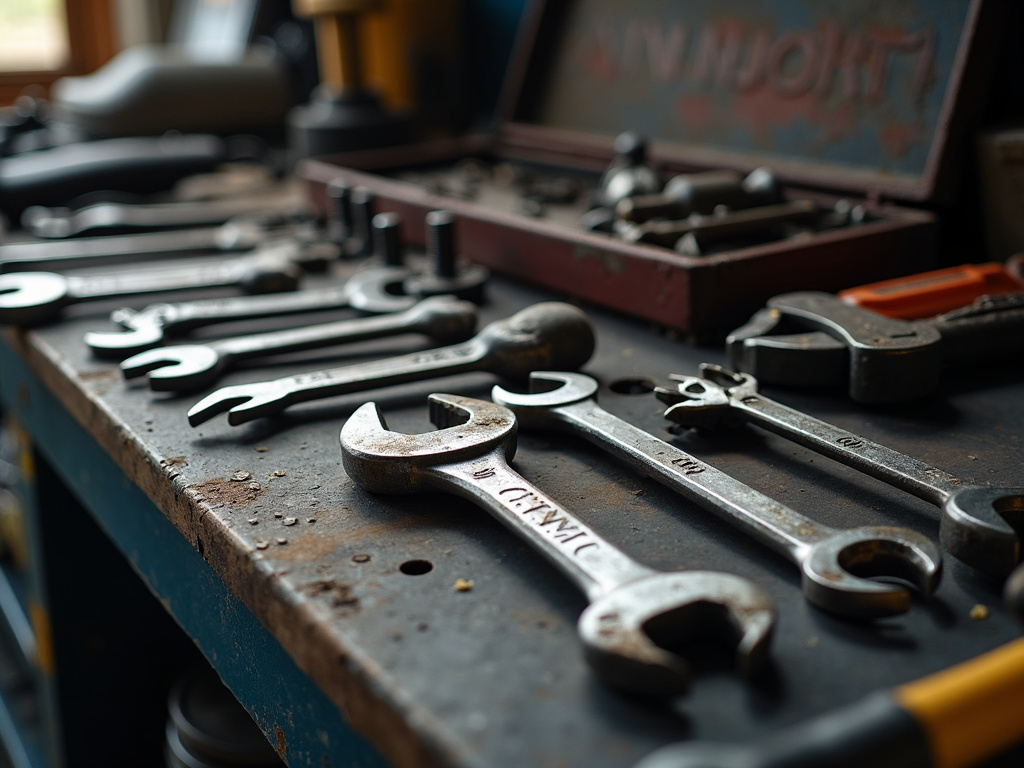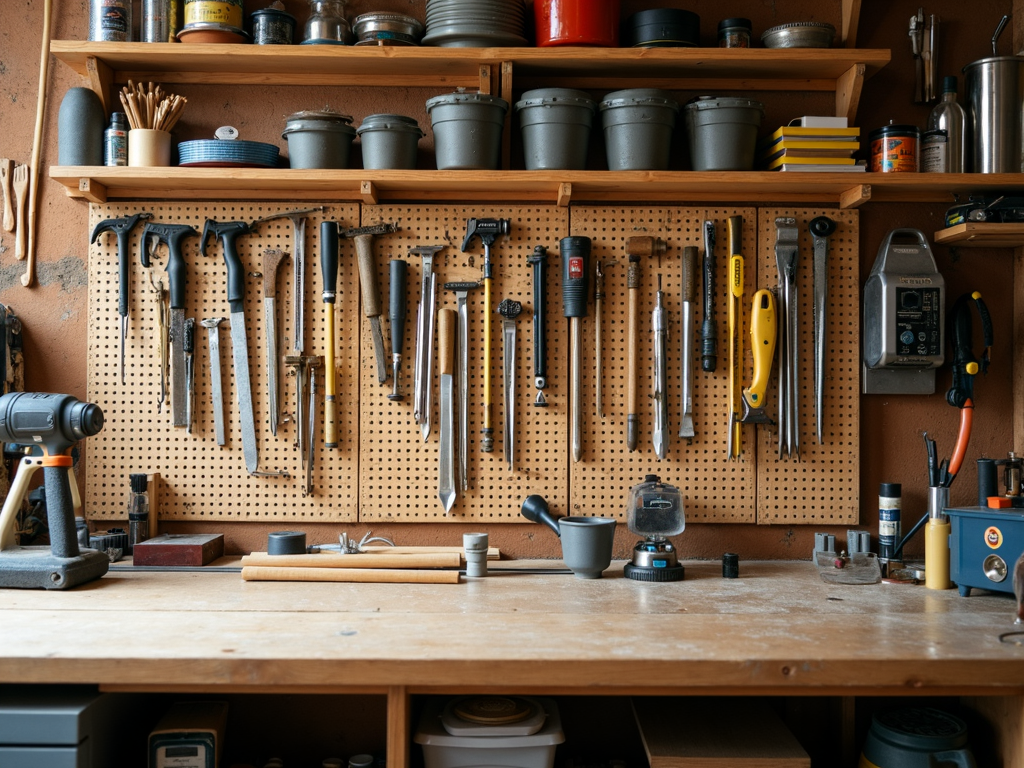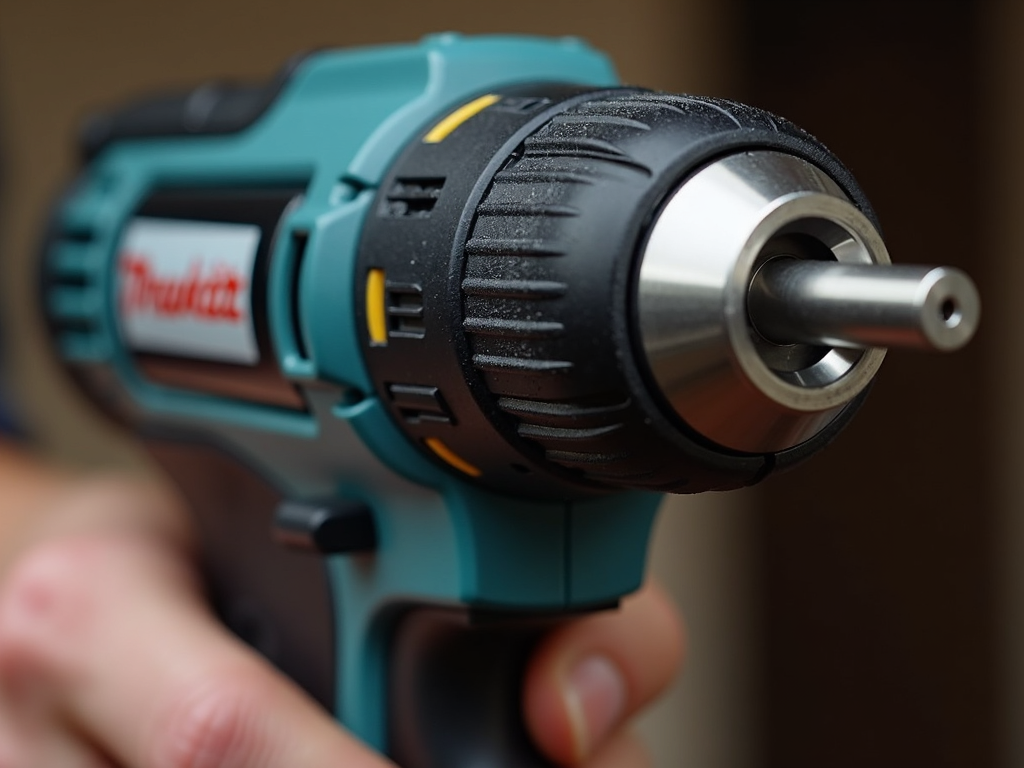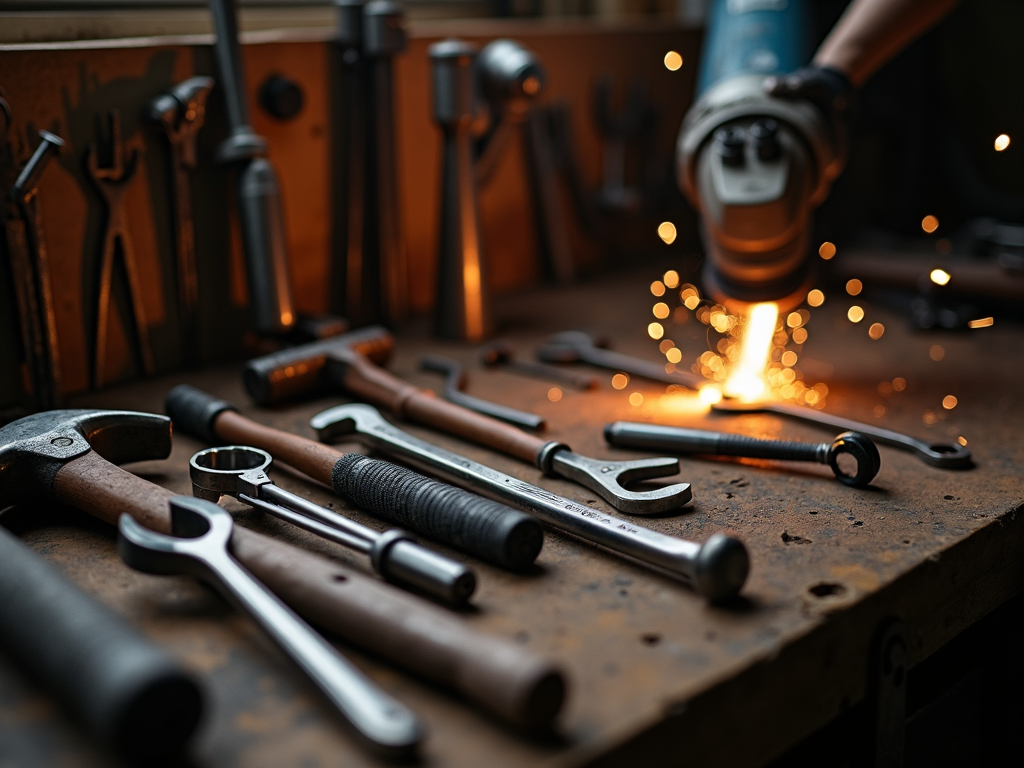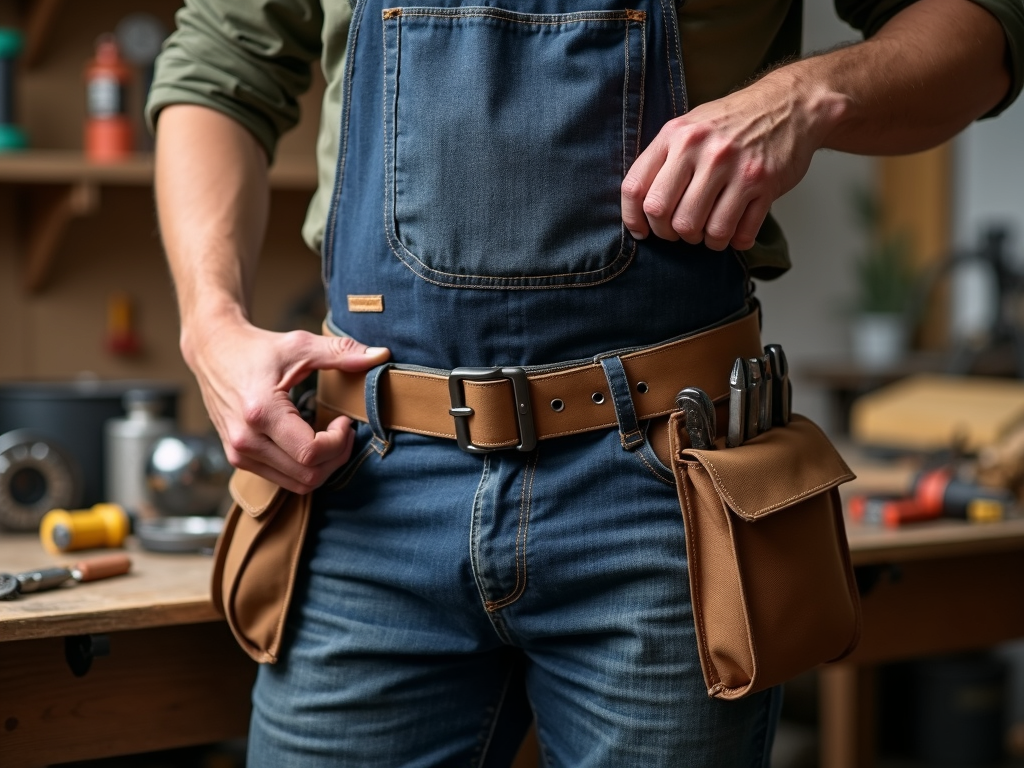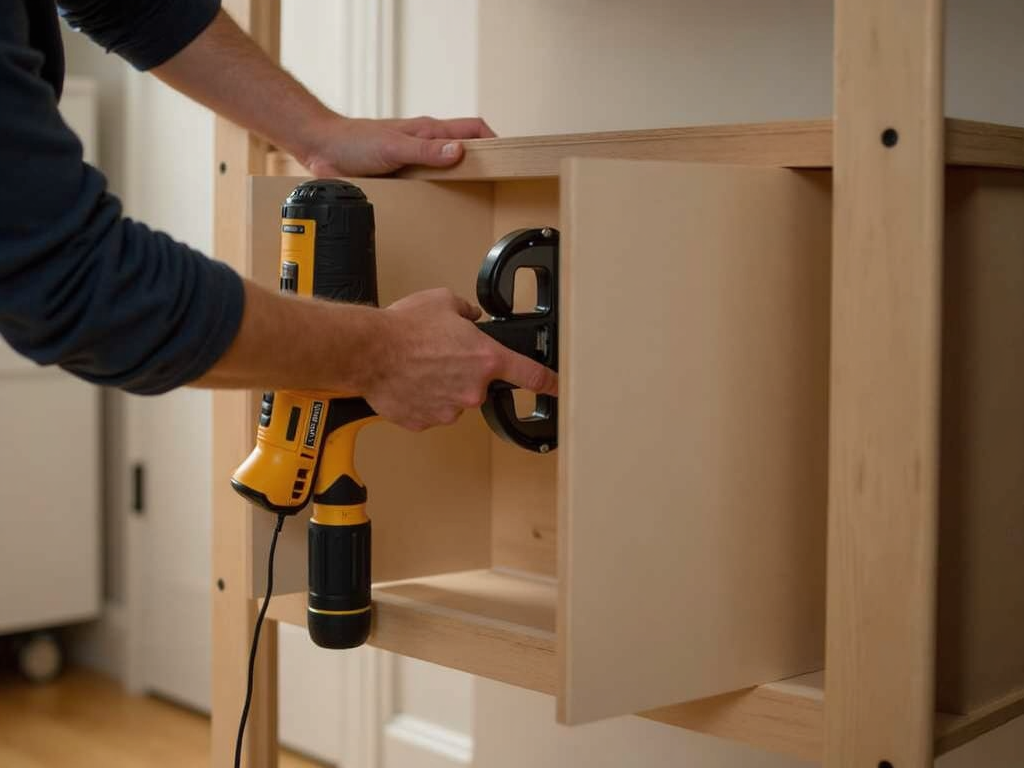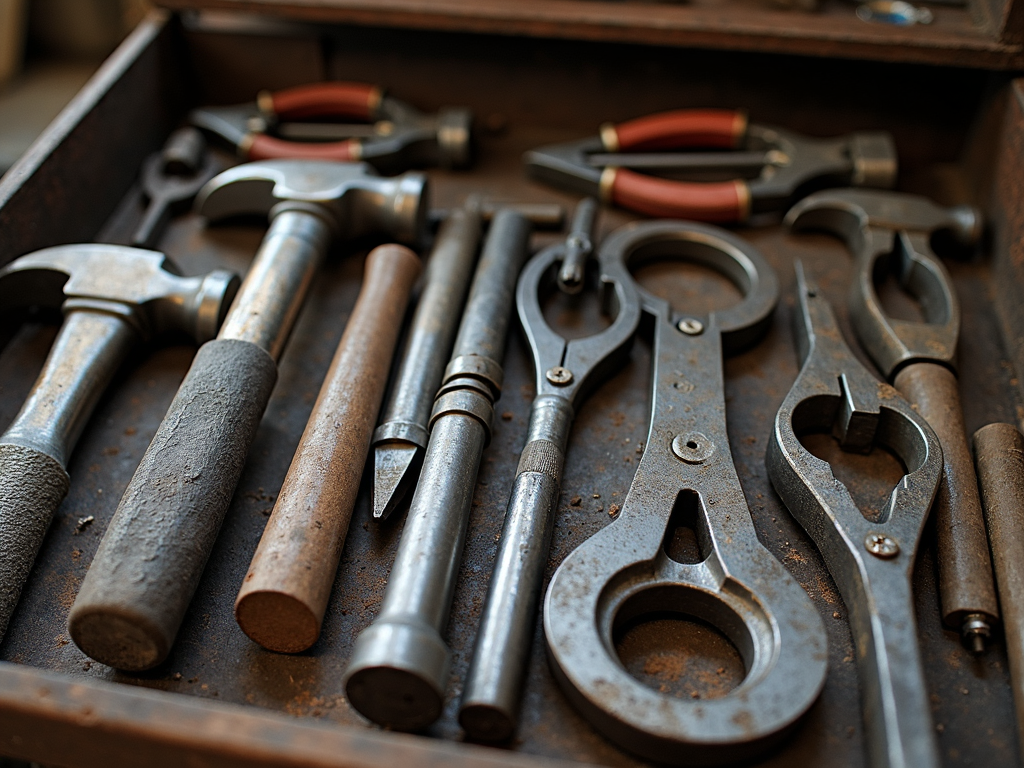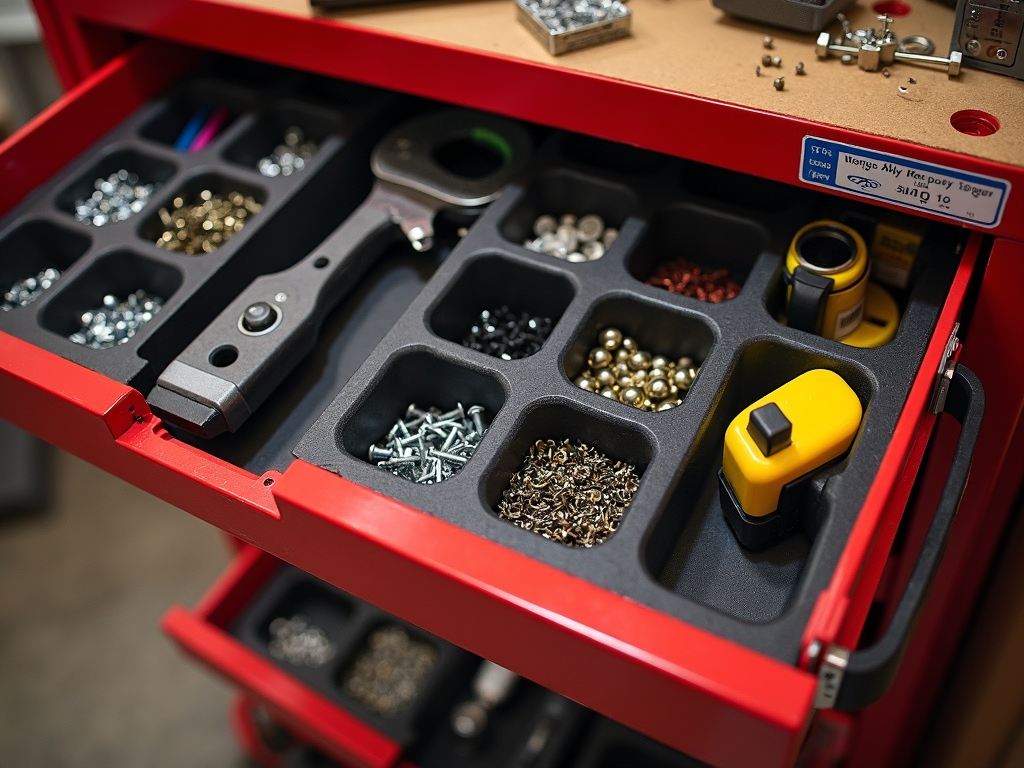Overview
Screwdrivers are must-have workman tools for countless projects, from fixing furniture to tinkering with gadgets. But using them carelessly can lead to injuries or damaged tools. In this guide, we’ll share practical screwdriver safety tips to keep you safe and productive, whether you’re a pro or a DIY beginner.
Introduction to Screwdrivers
Screwdrivers are simple yet powerful tools found in nearly every toolbox. They drive screws into materials or remove them, making them essential for building, repairing, and assembling. With so many types available, knowing how to use them safely is key to avoiding mishaps.
I learned this the hard way years ago. I once grabbed a random screwdriver to tighten a screw, not realizing it was the wrong type. The result? A stripped screw and a scratched-up project. That taught me to respect these tools and their proper use.
Common Types of Screwdrivers
Not all screwdrivers are the same. Here’s a quick rundown of the most popular types and what they’re used for:
- Flathead: The oldest type, with a flat tip for slotted screws. Great for basic tasks but can slip if you’re not careful.
- Phillips: Has a cross-shaped tip for better grip. Common in woodworking and electronics.
- Torx: Features a star-shaped tip, perfect for automotive work and appliances.
- Hex: With a hexagonal tip, used for furniture and bike repairs.
- Robertson: A square-tipped design, popular in woodworking and construction.
Picking the right screwdriver matters. Using the wrong one can ruin your project or even hurt you.

General Safety Tips for Using Screwdrivers
No matter which screwdriver you’re using, these safety tips apply:
- Wear Safety Gear: Put on safety glasses to shield your eyes from debris. Gloves can help with grip too.
- Keep Your Space Clear: Work in a well-lit, tidy area to avoid tripping or losing focus.
- Match the Tool to the Job: Use the right size and type of screwdriver to prevent slipping or stripping.
- Hold It Right: Grip the handle firmly and guide the tip with your other hand if needed.
- Apply Steady Pressure: Don’t push too hard. If it’s not turning, check your tool or screw.
These habits can save you from a lot of trouble. I once skipped safety glasses and got lucky when a screw popped loose—no harm done, but it was a wake-up call.

Specific Safety Tips for Different Types of Screwdrivers
Each screwdriver type has its quirks. Here’s how to handle them safely:
Flathead Screwdrivers
- Watch for slipping. Keep the tip snug in the slot.
- Use the right size to avoid losing control.
Phillips Screwdrivers
- Be ready for cam-out, where the tip slips out. Hold it steady.
- Don’t over-tighten—stop when it’s secure.
Torx Screwdrivers
- Match the size exactly to avoid stripping.
- Handle the extra torque carefully to protect your work.
Hex Screwdrivers
- Seat the tip fully to prevent stripping.
- Apply pressure straight on, not at an angle.
Robertson Screwdrivers
- Align the square tip well to keep it secure.
- Take advantage of the snug fit, but don’t force it.
Maintenance and Storage of Screwdrivers
Taking care of your screwdrivers keeps them safe and ready to use. Try these tips:
- Clean After Use: Wipe off dirt or grease to stop rust.
- Check for Damage: Look at the tips for wear or cracks. Replace if needed.
- Store Smart: Use a rack or organizer to protect the tips.
- Fix or Replace: Sharpen flatheads if worn, but swap out others when damaged.
I once left a screwdriver in a damp garage. Next time I used it, the tip was rusted and slipped right out of the screw. Lesson learned—store them right!

Common Mistakes to Avoid When Using Screwdrivers
Even pros slip up sometimes. Avoid these errors:
- Prying with It: Screwdrivers aren’t levers. You’ll bend or break them.
- Forcing It: Too much pressure can make it slip. Check your fit instead.
- Using a Worn Tool: Damaged tips fail easily. Toss them out.
- Skipping Gear: No glasses or gloves? You’re risking injury.
- Messy Work Area: Clutter leads to accidents. Keep it clean.
I’ve seen someone use a screwdriver to pry open a paint can. The tip snapped, and they got a nasty cut. Stick to the basics, and you’ll stay safe.

Choosing the Right Screwdriver for the Job
Picking the perfect screwdriver makes a difference. Here’s how:
- Match the Type: Use flathead for slots, Phillips for crosses, and so on.
- Size It Up: Too small lacks power; too big won’t fit.
- Handle Comfort: Ergonomic grips reduce strain.
- Shaft Length: Long for deep spots, short for tight ones.
- Special Tools: Precision screwdrivers work for tiny screws.
I once struggled with a short screwdriver in a deep cabinet. Switching to a longer one saved me hours—and my knuckles!

Conclusion
Screwdrivers are everyday workman tools, but they demand respect. With these screwdriver safety tips, you can tackle projects confidently and avoid trouble. Use the right tool, keep them in good shape, and stay safe. For more info, check out the recommended readings below.
Want to dig deeper? Visit OSHA’s Hand and Power Tools page or the National Safety Council’s Tool Safety guide for expert advice.
Related screwdriver safety tips:
- Best Apps for Staying Focused: A Comprehensive Guide
- Ergonomic Tools: Why They Matter
- Understanding Torque: Essentials for Every Mechanic
- Must-Have Hand Tools for Mechanics: Your Essential Toolkit
- Enhancing Workshop Efficiency: Top Tips to Maximize Your Space
- How Technology is Making Workshops Safer
- How to Choose the Right Workman Tools for Your Project
- Tool Belts with Ergonomic Designs: A Game-Changer for Workman Tools
- Corded vs. Cordless: Which Power Tools Are Right for You?
- Mastering Metal Forming: Techniques and Tools
- Advanced Toolbox Organization Ideas for Every Handyman
- Must-Have Workman Tools for Every Toolbox: A Comprehensive Guide
